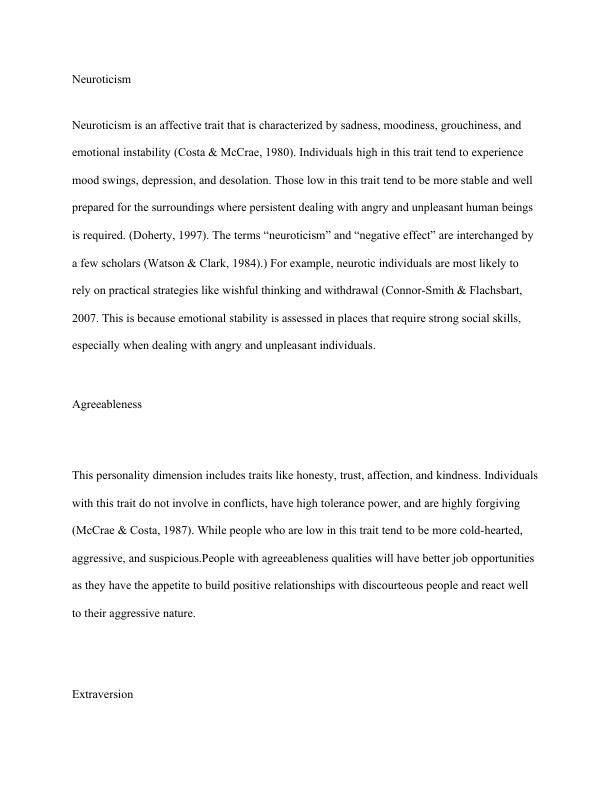Organizational Behaviors Effect University Management
Added on 2022-05-31
9 Pages1772 Words29 Views
End of preview
Want to access all the pages? Upload your documents or become a member.
Essay on Role of Personality in Determining Behavior
|9
|1805
|217
Can the Five Factor Taxonomic Model of Personality Predict Academic Performance?
|10
|2488
|325
Personality Trait Change Through Intervention
|6
|1345
|20
Modern Five Traits: Understanding the Big 5 Personality Traits
|12
|3362
|244
Concept of Organisational Behaviour
|6
|1685
|21
Big Five personality traits model
|7
|809
|257



